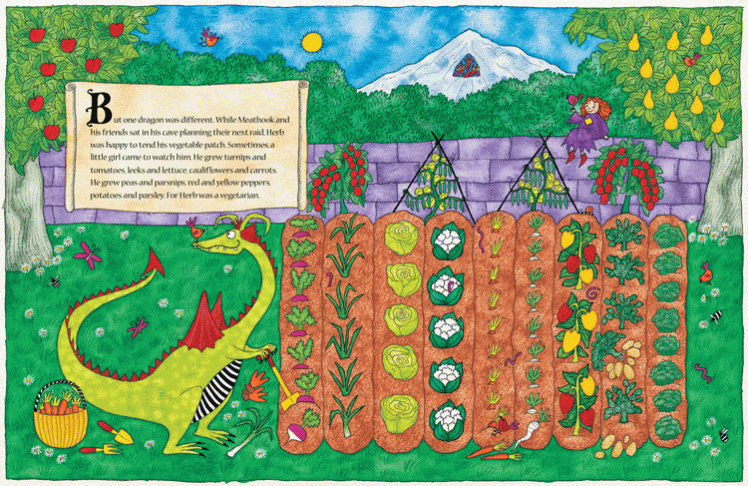Coconut Rum Banana Bread
I’m not a fan of ripe bananas. If it a banana has even a HINT of a brown spot it’s inedible to me. Dead to me. I won’t eat it. I know, I know. It’s a quirk, but hey, I’m OK with it. The bananas I use for a quick bread are ripe but don’t have lots of spots. I prefer the less sweet taste and firmer texture of a yellow banana. If you like brown bananas go for it! It will be sweeter and probably taste more familiar. Not many people use yellow bananas for banana bread. That’s my special banana weirdness.
I recommend only lightly mashing the bananas. You will get some more tasty chunks of banana in the bread. If you prefer brown bananas you may end up with more of a liquid after mashing. It will still come out great, it’s more a matter of texture and what you prefer.
Note: With quick breads the standard is creaming butter and sugar, adding eggs one at a time and then alternating the dry and liquid ingredients, being mindful of not over-mixing. This recipe follows the same pattern. Measure out all ingredients before starting. I learned this lesson many years ago: mise en place, everything in its place. Read the recipe first, collect and measure ingredients, and THEN start your process.
Coconut Rum Banana Bread
Makes 1 large loaf or 3 mini loaves
Ingredients:
- 2C pastry flour
- 1C sugar
- 1 1/2C gently mashed bananas, about 3 medium-sized
- 2 large eggs
- 1/2C shredded, sweetened coconut + 2T for topping
- 1/4C unsalted butter, room temp (4T)
- 1/4C plain full-fat yogurt
- 3T spiced rum
- 3/4t baking soda
- 1/2t salt
- 1t vanilla extract
Optional Glaze Ingredients:
- 1/2C confectioners’ sugar
- 1 1/2T freshly squeezed lime juice
Directions:
If you are making one 9 x 5″ loaf, preheat oven to 350°.
If you are making the smaller loaves, preheat to 325°.
Prepare your loaf pans with Baker’s Joy spray or butter and flour them. Set aside.
In a medium sized mixing bowl, add the flour, 1/2C coconut, baking soda, and salt. Give a quick stir to combine.
In a small bowl, combine bananas, yogurt, rum, and vanilla. Stir to combine.
In the large bowl of a mixer (or deep bowl good for hand mixer) cream the butter and sugar until light and airy. Use a rubber scraper to scrape down the sides if the sides are not mixing well. Add the eggs one at a time and continue creaming them together until combined and light in texture.
Alternate adding the dry and liquid ingredients to the creamed butter, sugar, and egg mixture. Do not over beat.
Spoon the batter into your loaf pan or mini loaf pans (filling 3/4 full). Sprinkle the top with the 2T of shredded coconut that was set aside earlier.
Bake one large loaf for 60 minutes or until golden and a toothpick inserted comes out clean.
Bake the mini loaves for 30 minutes or until golden and a toothpick inserted comes out clean.
Let sit in the loaf pan for 5-10 minutes until inverting onto a cooling rack. Once completely cool, make a glaze with the sugar and lime juice and drizzle over the bread.









You must be logged in to post a comment.